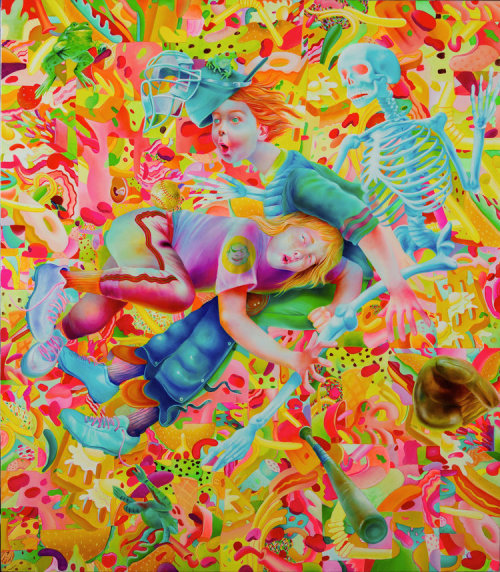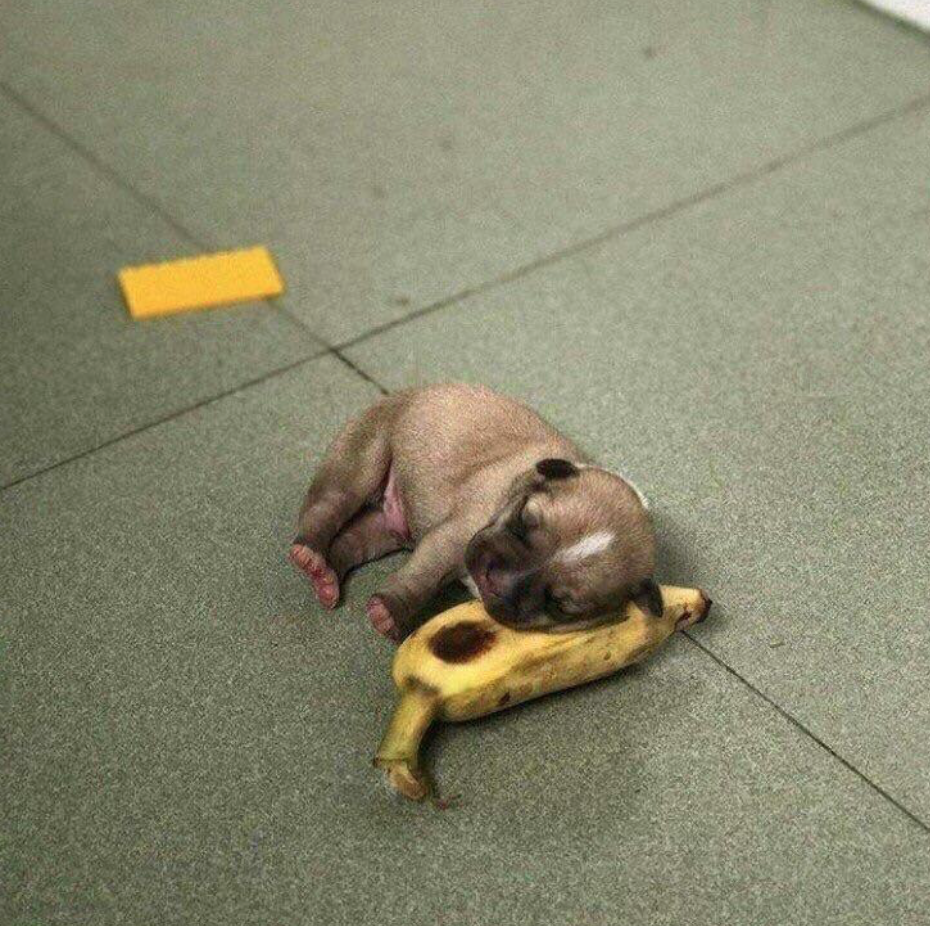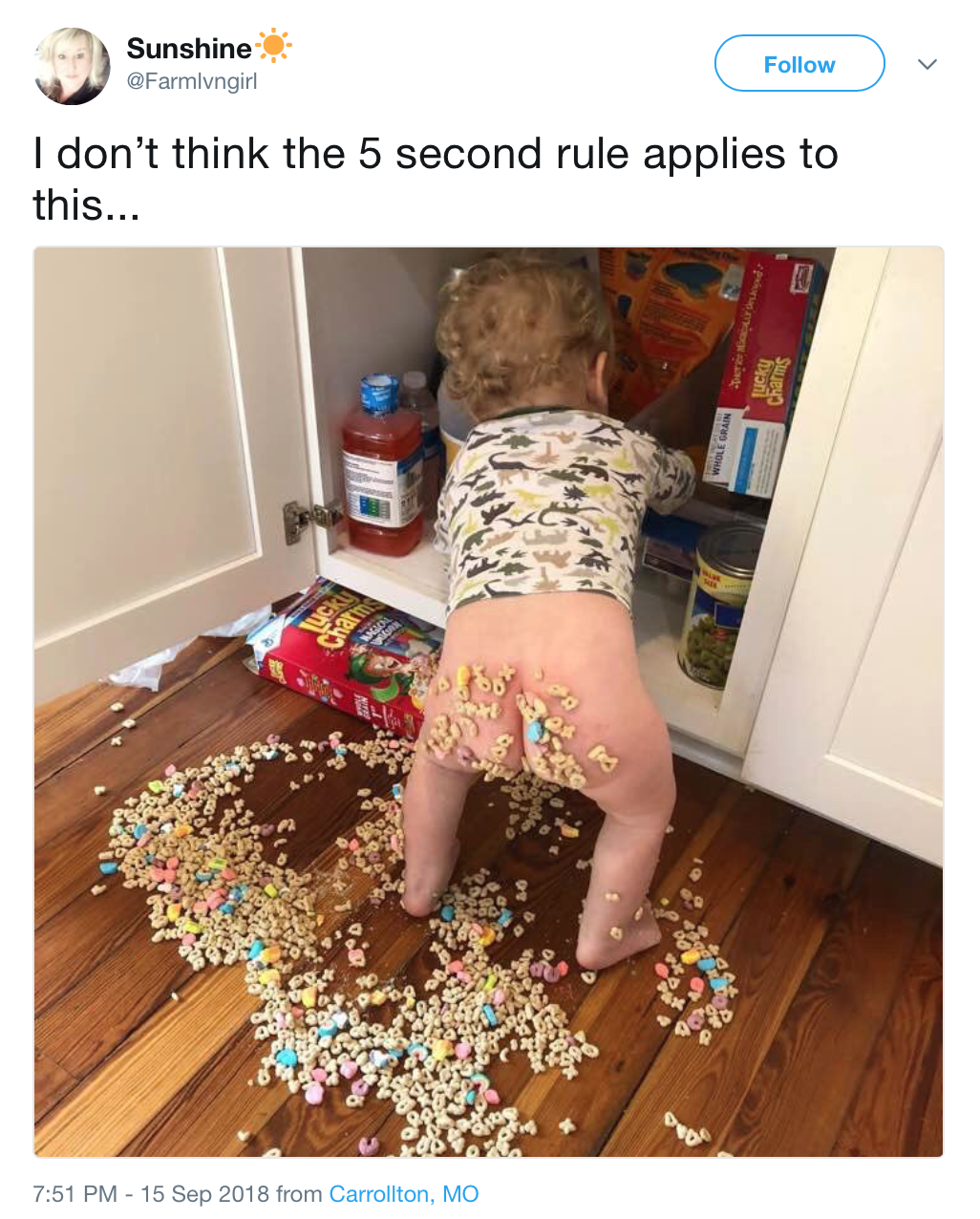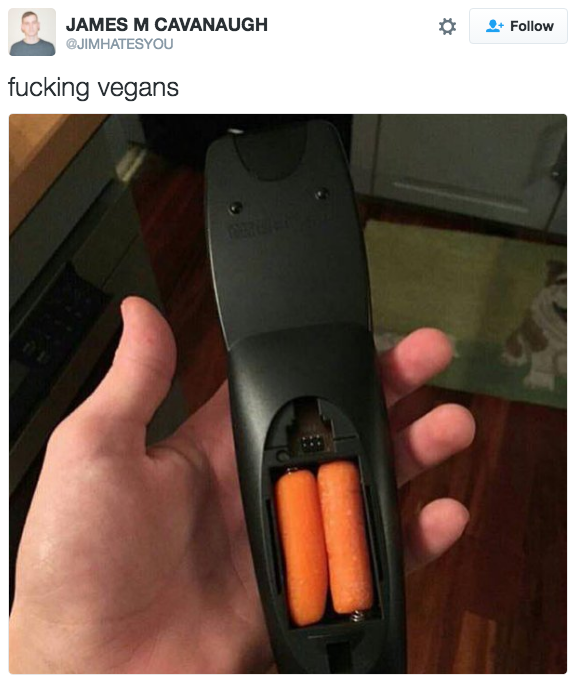
...to Geog 353 Main Page and Course Description
...to Geog 353 Syllabus
...to Geog 353 Course Schedule and Lecture Outlines
...to Geog 353 Laboratory Information and Student Projects
See the Digital Submissions Guide for details on submitting a digital exam.
Lab exercise 6 is the mid-semester evaluation of your course project as it relates to lecture material and readings for this course. It is your mid-term exam. Yowie!
In this evaluation you will assess your course project as it relates to the map design and making process in general. I provide a series of questions below, corresponding to the development of your course project so far this semester.
Some of the questions are similar to things I asked you to write in your Lab Blog. In these cases, feel free to copy and edit these Lab Blog entries and include them as part of your evaluation. If you did a good job on your lab blog, you will have less work to do for this mid-term.
In several of the sections below I ask you to describe and implement changes to your existing project based on this evaluation. Please complete these changes by the due date of this evaluation and indicate in your evaluation that you have done so.
The ultimate goal of this evaluation is for you to better understand what you have done so far this semester, link it to issues from lecture & readings, and to reshape your project to improve it.
Lab 6 Goal: Generate an evaluation of the course project as it relates to the map design process in general and other relevant issues raised in lecture and in the readings.

The Details:
Note: The suggested amount that you write on each of the questions below is assuming regular 1" margins and space-and-a-half word processor pages.
Please copy and paste the questions from this page into your word processor document, so I know which question you are answering.

1. Making Maps is Hard
1 page: Chapter 1 of the Making Maps book contains a succinct overview (pages 24-25) of diverse issues involved in making maps, which is, oddly, what you are doing in this class! Review the issues on page 24 (we have not yet got to the issues on page 25), select five that you don't think are particularly relevant to your project at this time, and describe why (briefly).

2. Summary of Course Project
1 Paragraph: Begin by summarizing your course project in one paragraph. You will use this as a written introduction to your project on the WWW, and place this paragraph in your WWW pages. This paragraph should contain a clear and brief explanation of the project so that the typical addlepate coming across your work on the WWW would be able to figure out what the project is about.

We have proceeded through your project in several steps. Please organize your
work in this evaluation in terms of these steps, as detailed below. Include the initial
sentence of each question in your answer, so I know which question you are answering.
3. Why are you Making Your Map?
2 Pages: It is important to consider the purpose of your map and its intended audience early in the map design process. In Lab 1 I asked you to sketch out your map's purpose, audience and it's final medium. Revisit that effort in tandem with reviewing stuff in chapter 2 of Making Maps then refine:

4. Collect Appropriate Data
4a. 2 pages: Review chapter 3 in Making Maps and for each chapter section discuss (briefly) how your data for the course project relates to the section.
4b. 1 Page: Lab 1 asked you to comment on your experiences searching for population data on the WWW. Refer back to lab blog notes. How easy is it to find the data you need on the WWW? What are some advantages of the WWW as a provider of data? What are some of the disadvantages? How can you assess the quality and accuracy of the data that you find on the WWW? Do you trust your data source? Why? What kind of source might you not trust?
4c. 1 Page: As noted in Lab 3 and Lab 5, cleaned up data in a format you can immediately use is rare. Summarize issues and problems that arose in transforming your data from a text file (from the WWW), through Excel, into Open Office and finally ArcGIS. Comment on the role that data processing plays in the mapping and GIS process. Was it worthwhile processing the data, or would it be better if the instructor gave you a cleaned up data set already in ArcGIS?

5. Constructing the Map
5a. 2 Pages: The technical part of mapping and GIS involves learning how to use hardware and software. Please comment on your impressions of the tools you are using to create your course project. What was your level of computer skills before this course? What, if anything, have you learned in the process of creating your maps? What are your impressions of HTML? Is it worth your time to learn how to script HTML? Would you prefer to use a software package that allows you to create HTML without knowing any of the HTML tags you are typing by hand? Why? What about the Map Mashup? Worth learning? Can you imagine every creating a Map Mashup for some other course, or even after you are done with college? Briefly discuss the creation of your Lab Blog: again, is it worth learning? What are your impressions of ArcGIS as a mapping and GIS tool? What are some of its strengths? What are some of its weaknesses? What is the most significant thing (positive or negative) you have learned about computers as mapping and GIS tools in this course? Do you think you will ever use such software again?
We have discussed several general issues concerning map design and production. Please relate these issues in terms of your project:
5b. 1/2 Page: Refer to pp. 40-45 in chapter 2 of Making Maps What is the final medium of your project? How might the suggestions in this section of the book be appropriate for adjustments to the design of your WWW pages and maps? Select one other final medium from the book and list the changes you would have to make to your project for it to work on that medium.
5c. 1/2 Page: Why is the selection of an appropriate Map Projection vital to your project? What kind of map projection did you choose, and why? Comment on ArcGIS's Map Projection choices as they relate to the general map projection guidelines discussed in lecture. Refer to chapter 5 in Making Maps

6. Evaluation
6a. 1/2 Page: Define evaluation in general, documentation evaluation, and Formative evaluation as discussed in chapter 2 of Making Maps.
6b. 1/2 Page: Document your ability to do what your jerky boss wants on time by specifying when you completed each lab (was it on time or late, how late?). Evaluate yourself in terms of effectiveness in meeting deadlines.
6c. Update your project documentation on your class blog if any documentation is missing. Make sure there is a blog entry for each lab. Make sure all links work (not long URLs pasted into the blog entry) and that all relevant information (such as questions I asked you to answer in each lab) are on the blog.
6d. 1/2 Page: Evaluate your Peer: Visit the web pages and blog of your next in the alphabet class peer: no later than Wednesday October 16, 2:18pm
... provide your fellow student with the following:
6e. 1/2 Page: Do you think that your lab blog documentation is useful? Why or why not? How could you use formative evaluation to evaluate and possibly make your project better? Does this evaluation (Lab 6) help evaluate your project in any way? Help you understand what you are doing? Help you rethink or reshape your project in any way? Is this kind of evaluation better or worse (or just different) than a regular mid-term exam?
6f. 1/2 Page: Describe two additional significant changes to your overall project based on this evaluation (obviously, not the changes you are making for parts 1 and 4d). Explain how these will make your project better. Implement the changes and briefly assess if the changes actually make your project better. You can use changes suggested by your class peer (part 6d.)

Please compile all your responses in a single document (Drive, PDF, Word) and share or
email to me by class time on the due date.
E-mail: jbkrygier@owu.edu
...to Geog 353 Main Page and Course Description
...to krygier teaching page.
...to krygier top page.